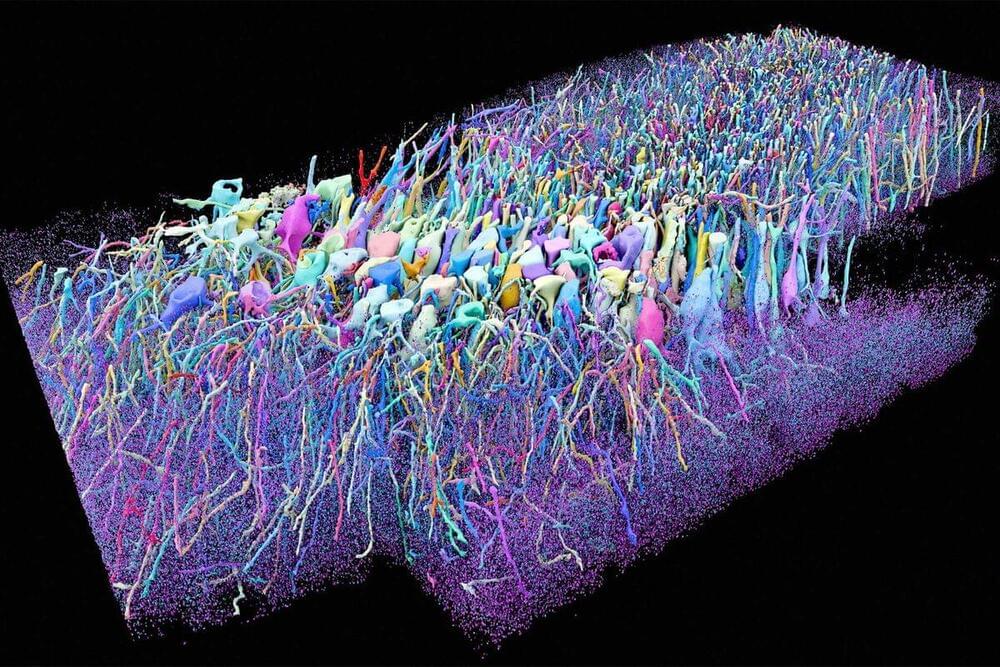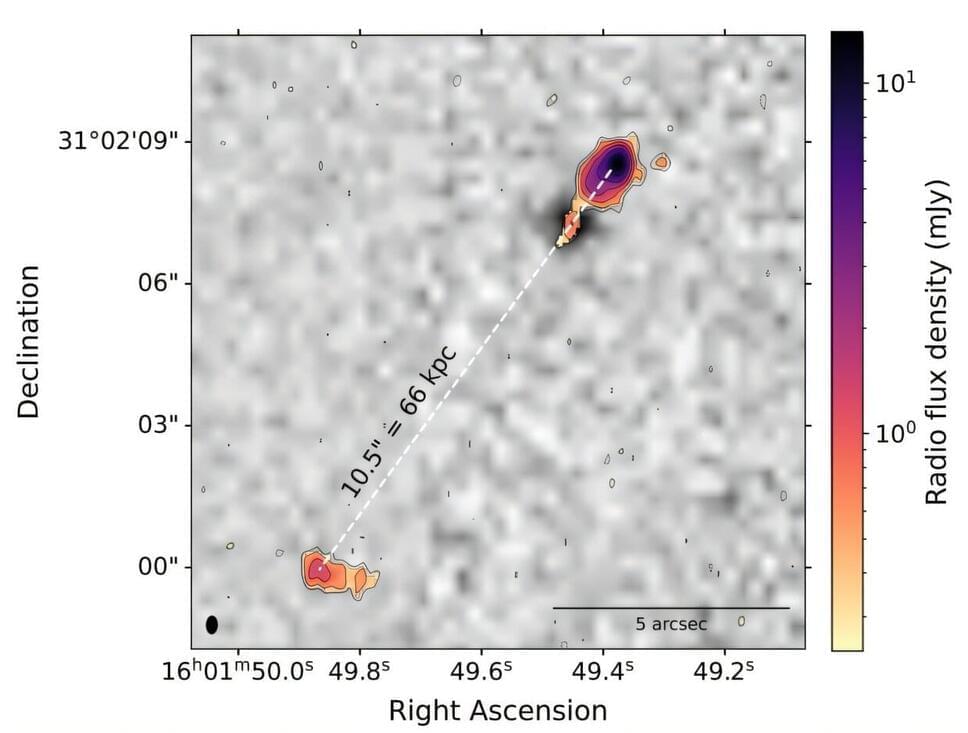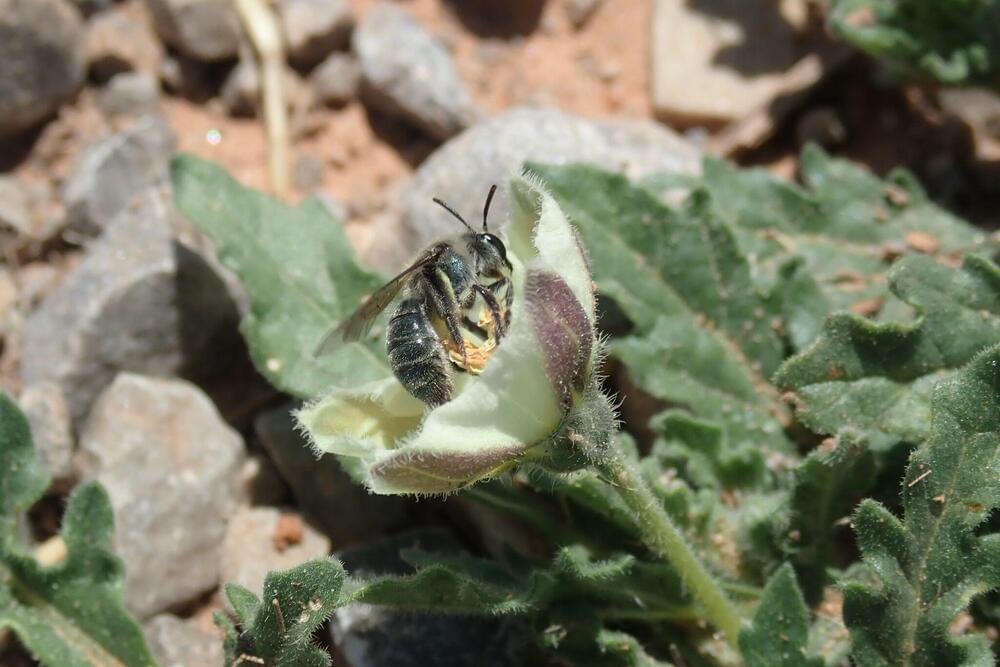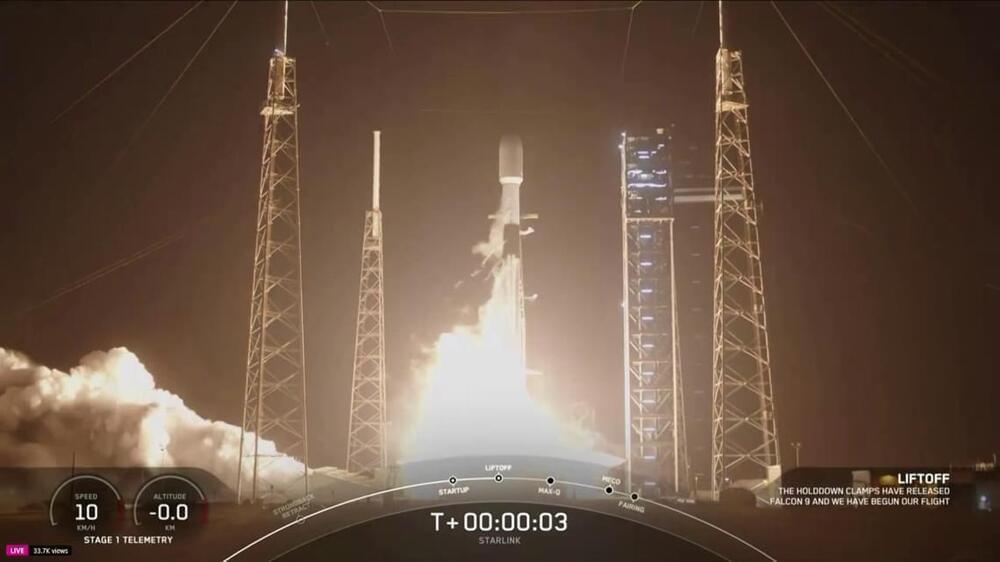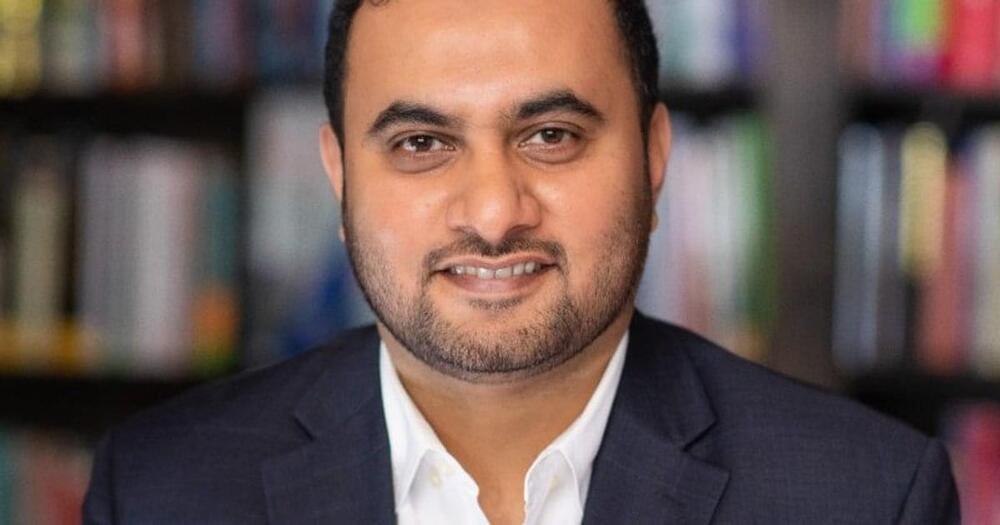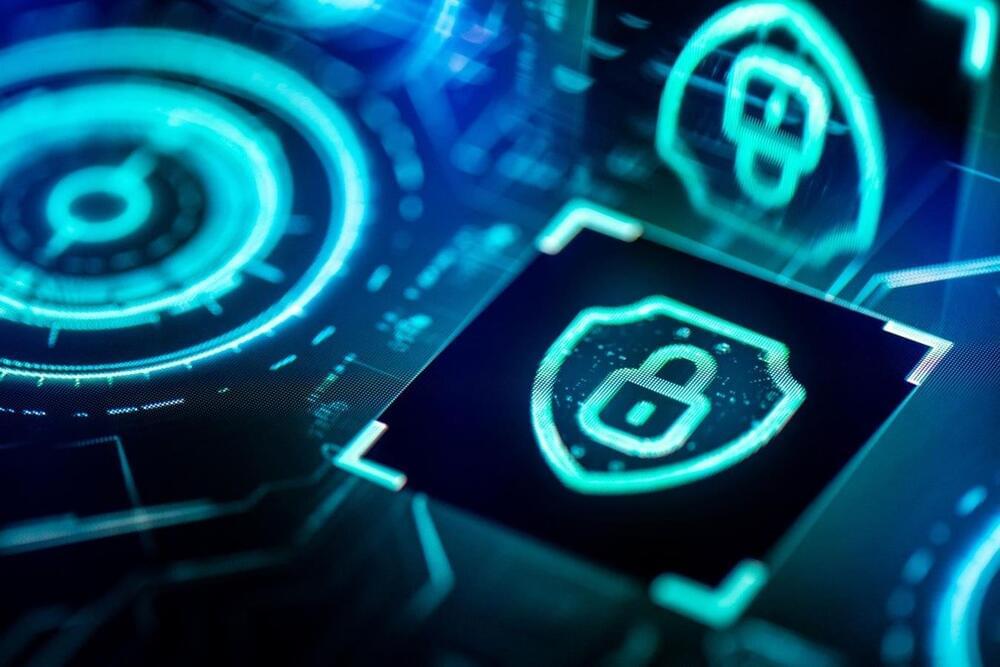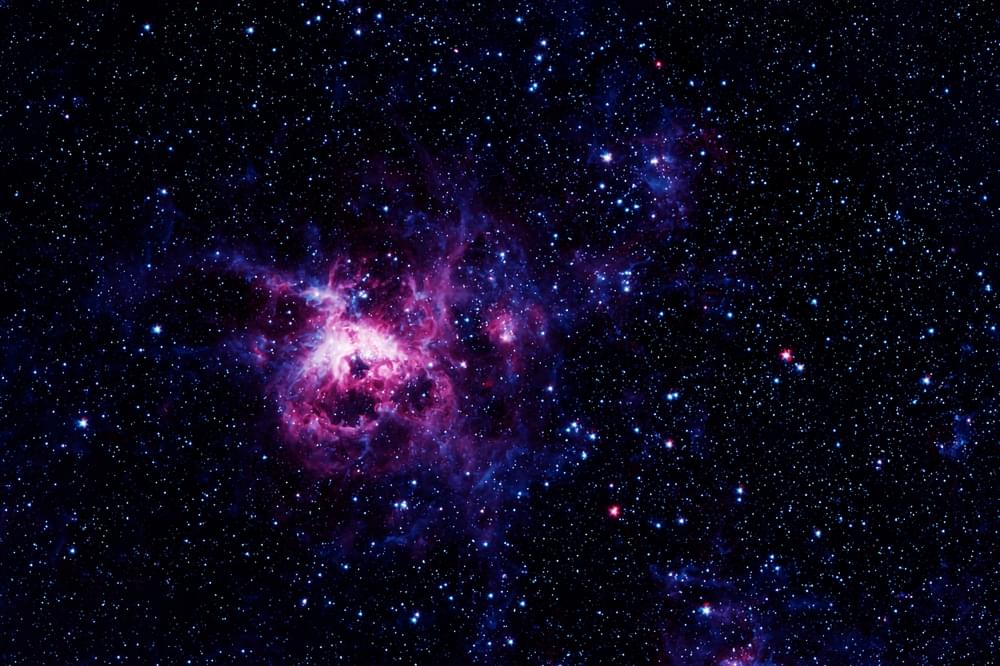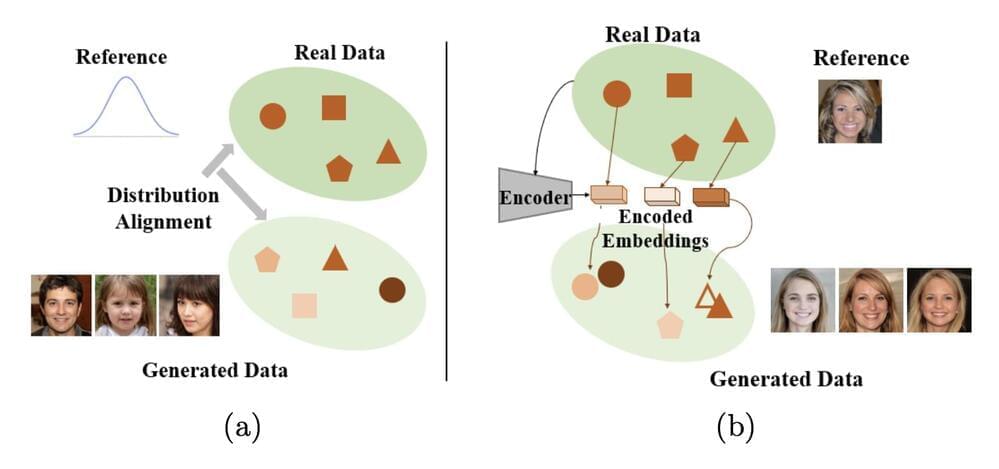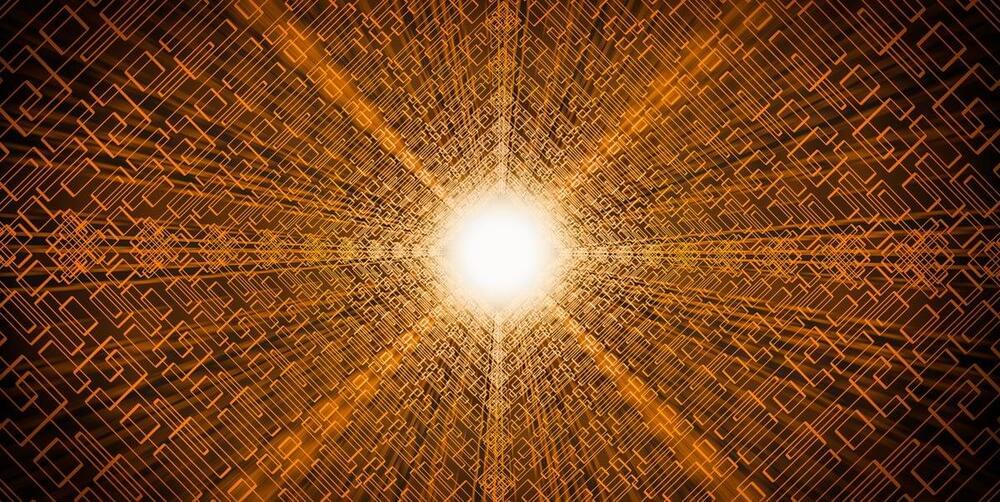A new Science Advances study demonstrates a vaccine for cancer immunotherapy that would speed up the efficiency of messenger RNA translation in cytoplasm—and effectively inhibited tumor growth.
A lab named E11 is working on a novel technique to produce a detailed map of a mouse brain.
An international team of astronomers has observed an extremely radio-loud quasar known as J1601+3102. As a result, they found that the quasar hosts a large extended radio jet. The discovery is reported in a research paper published Nov. 25 on the arXiv preprint server.
Quasars, or quasi-stellar objects (QSOs), are active galactic nuclei (AGN) of very high luminosity powered by supermassive black holes (SMBHs), emitting electromagnetic radiation observable in radio, infrared, visible, ultraviolet and X-ray wavelengths. They are among the brightest and most distant objects in the known universe, and serve as fundamental tools for numerous studies in astrophysics as well as cosmology.
J1601+3102 is an extremely radio-loud quasar at a redshift of 4.9, discovered in 2022. It has a radio flux at a level of 69 mJy, bolometric luminosity of about 26 quattuordecillion erg/s and a steep spectral index.
Scientists have discovered a new species of mining bee in Texas and Oklahoma that is blue.
There was a SpaceX rocket launch Wednesday morning, leaving behind a jellyfish cloud in Florida’s sky.
Advances in cognitive analytics are set to usher in a new age of AI that will see systems work autonomously to complete assigned tasks.
In this respect, I believe regulators have fallen short. In a world facing ongoing cyber threats, the standards for cybersecurity are set surprisingly low that their rules typically only recognize encryption of all stored data as a requirement. This is despite the fact that encryption—not firewalls, monitoring, identity management or multifactor authentication—is the purpose-built technology for protecting data against the strongest and most capable adversaries. Stronger regulations are needed to ensure encryption becomes a mandated standard, not just an optional recommendation.
Fortunately, companies need not wait until regulators realize their folly and can opt to do better today. Some companies already have. They approach data security as an exercise in risk mitigation rather than passing an audit. From this perspective, data encryption quickly becomes an obvious requirement for all their sensitive data as soon as it is ingested into a data store.
Another beneficial development is that encryption has become easier and faster to implement, including the ability to process encrypted data without exposure, a capability known as privacy-enhanced computation. While there will always be some overhead to adopting data encryption, many have found that the return on investment has shifted decisively in favor of encrypting all sensitive data due to its substantial security benefits.
Learn how Vera C. Rubin overcame adversity and helped researchers understand dark matter.
Generative models, artificial neural networks that can generate images or texts, have become increasingly advanced in recent years. These models can also be advantageous for creating annotated images to train algorithms for computer vision, which are designed to classify images or objects contained within them.
While many generative models, particularly generative adversarial networks (GANs), can produce synthetic images that resemble those captured by cameras, reliably controlling the content of the images they produce has proved challenging. In many cases, the images generated by GANs do not meet the exact requirements of users, which limits their use for various applications.
Researchers at Seoul National University of Science and Technology recently introduced a new image generation framework designed to incorporate the content users would like generated images to contain. This framework, introduced in a paper published on the arXiv preprint server, allows users to exert greater control over the image generation process, producing images that are more aligned with the ones they were envisioning.
This study focuses on topological time crystals, which sort of take this idea and make it a bit more complex (not that it wasn’t already). A topological time crystal’s behavior is determined by overall structure, rather than just a single atom or interaction. As ZME Science describes, if normal time crystals are a strand in a spider’s web, a topological time crystal is the entire web, and even the change of a single thread can affect the whole web. This “network” of connection is a feature, not a flaw, as it makes the topological crystal more resilient to disturbances—something quantum computers could definitely put to use.
In this experiment, scientists essentially embedded this behavior into a quantum computer, creating fidelities that exceeded previous quantum experiments. And although this all occurred in a prethermal regime, according to ZME Science, it’s still a big step forward towards potentially creating a more stable quantum computer capable of finally unlocking that future that always feels a decade from our grasp.

